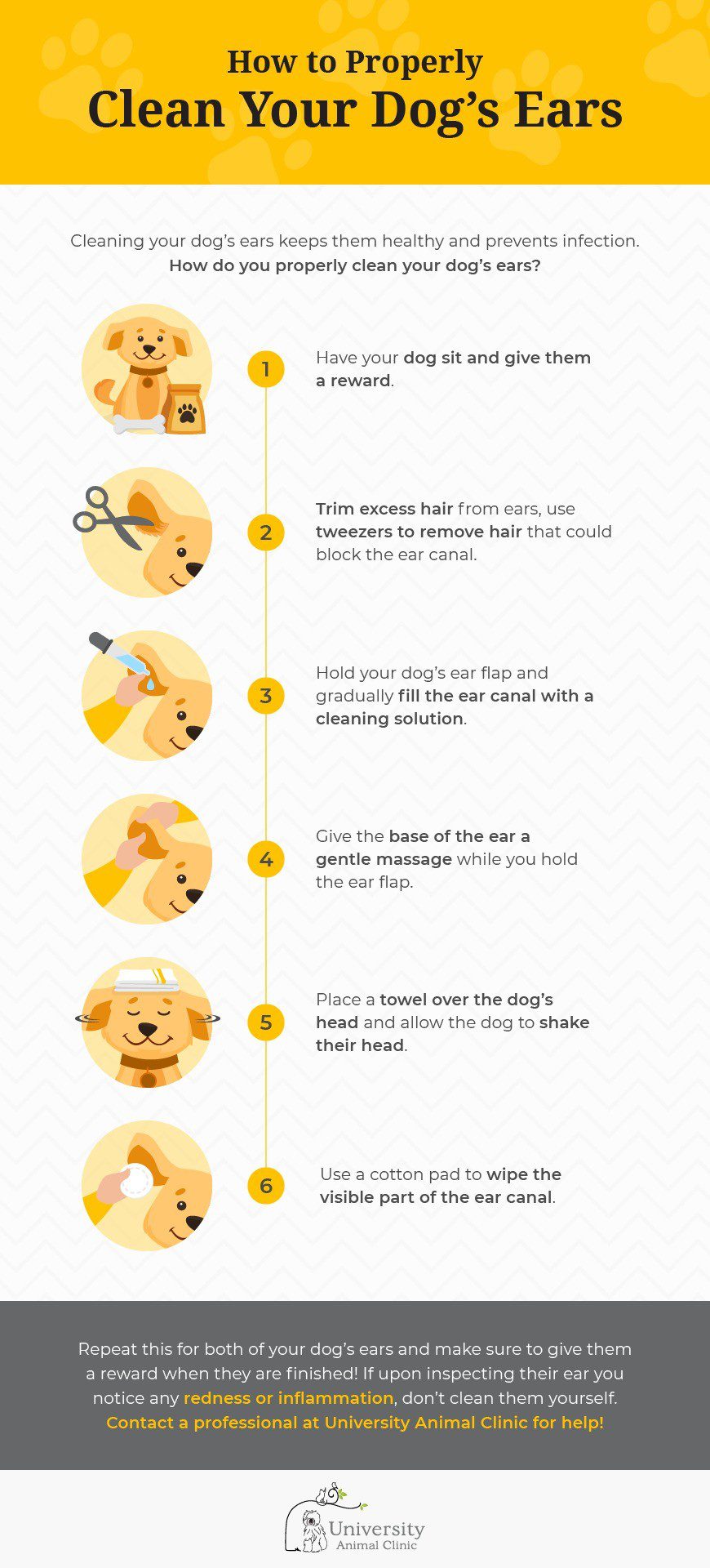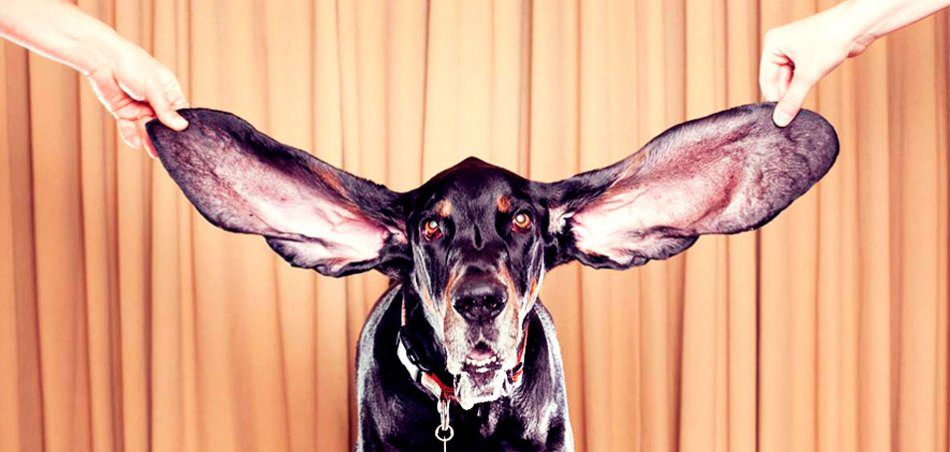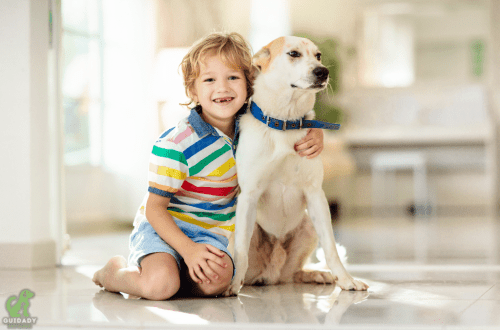
How to take care of your dog’s ears
Take good care of your pet’s ears, especially if the ears are droopy (like spaniels, for example). It is these dogs that most often experience problems. Nature has created the hearing aid of dogs so that the ear cleans itself. That is why a healthy dog’s ears almost always remain clean. In healthy dogs, small amounts of dark brown discharge form in the ears. This is the so-called “ear wax”. If there is not too much of it, it protects the auricle from dirt, so it is not necessary to remove it daily. Clean the dog’s ears with pieces of bandage or cotton wool soaked in a special preparation. First, they wipe the outer ear, then (carefully!) – the curls of the auricle. A small puppy may be frightened of the procedure and try to escape, so it is better to use a cotton swab so that a piece of cotton does not accidentally remain in the ear. Ears are cleaned once a week (dogs with long hanging ears) or once every 1-1 weeks (dogs with short erect ears). Do not use hydrogen peroxide – you can damage the skin inside the ear and provoke irritation. To remove ear wax, special lotions are used, which are presented in a huge assortment in veterinary pharmacies. The main thing is to choose what is best for your pet.
Ears are cleaned once a week (dogs with long hanging ears) or once every 1-1 weeks (dogs with short erect ears). Do not use hydrogen peroxide – you can damage the skin inside the ear and provoke irritation. To remove ear wax, special lotions are used, which are presented in a huge assortment in veterinary pharmacies. The main thing is to choose what is best for your pet.
Dog Ear Cleaning Instructions
1. Drop a few drops of the solution into the dog’s ear, massage and let the pet shake its head – this will push the soaked dirt out of the ear.2. Gently remove remaining dirt with a cotton pad soaked in the solution and dry the ear. You should not climb into the ear with a cotton swab, as you can only push the sulfur plug further and provoke a disease.
If the dog does not complain about the ears, she does not need any medicinal drops, neither “anti-mite” nor “anti-inflammatory”.
The presence of an ear mite is diagnosed only by a veterinarian, who also prescribes treatment. Special drops for the prevention of ear mites can be used when treating a dog for fleas. You don’t need to constantly use them to clean your ears. In some breeds of dogs (for example, poodles), it is necessary to remove hair from the ear so that it does not collect dirt and water and does not provoke the development of otitis media. The hair is carefully trimmed with blunt-tipped scissors. As a rule, this is done during a general haircut.
If you notice inflammation in the ears, redness of the auricle, “squishing”, or the dog constantly scratches its ears and shakes its head, contact your veterinarian.
If it is otitis, then the sooner you start treatment, the faster the dog will recover. The chronic form of the disease is treated for a long time and is difficult. Most often, otitis occurs in dogs with hanging ears. Therefore, if you have such a pet, carefully examine his ears. Redness or swelling may indicate a fungal infection. If not taken by surprise at the initial stage, the dog will be in pain, shaking his head and trying to rub his ears against pieces of furniture. If the ears are supposed to stand up by the standard, you should not stroke the puppy’s head – you can spoil the shape of the ears. The ear cartilage in a puppy is soft, getting stronger by about 5 to 6 months, by which time the ears usually stand up. If the puppy is deficient in minerals, the cartilage may remain soft.





